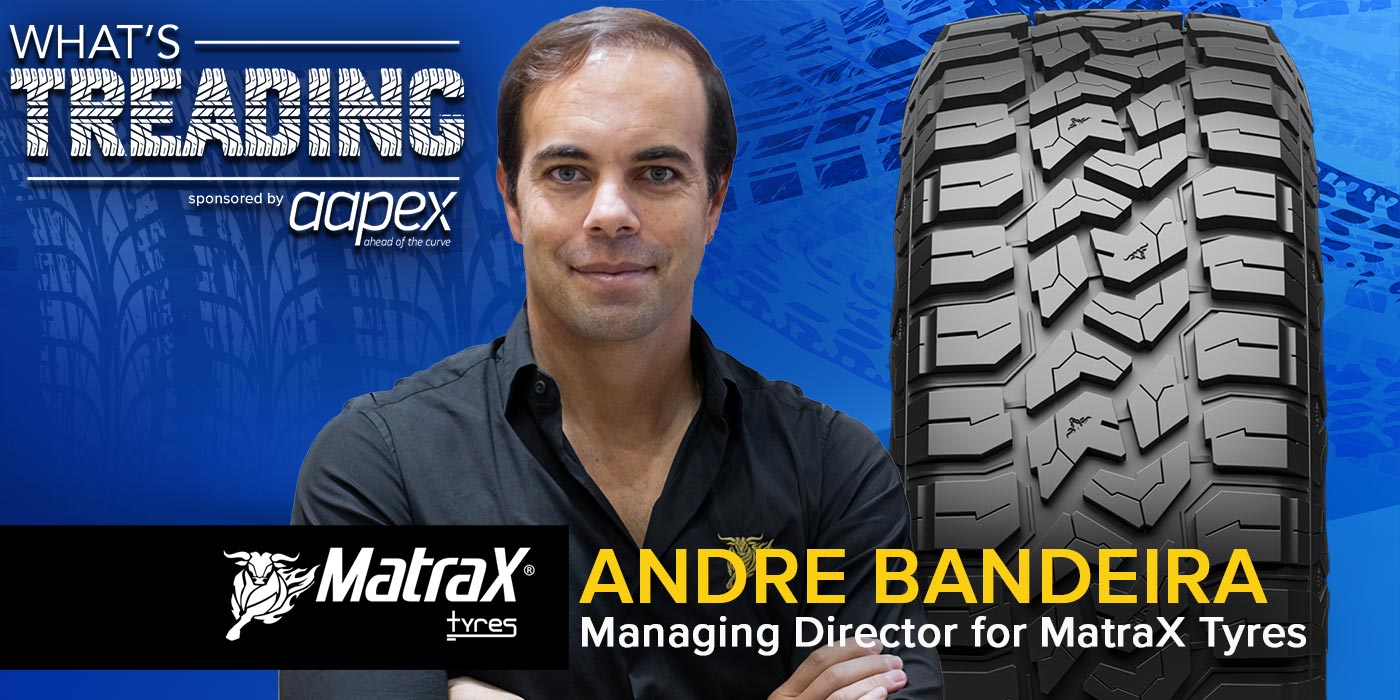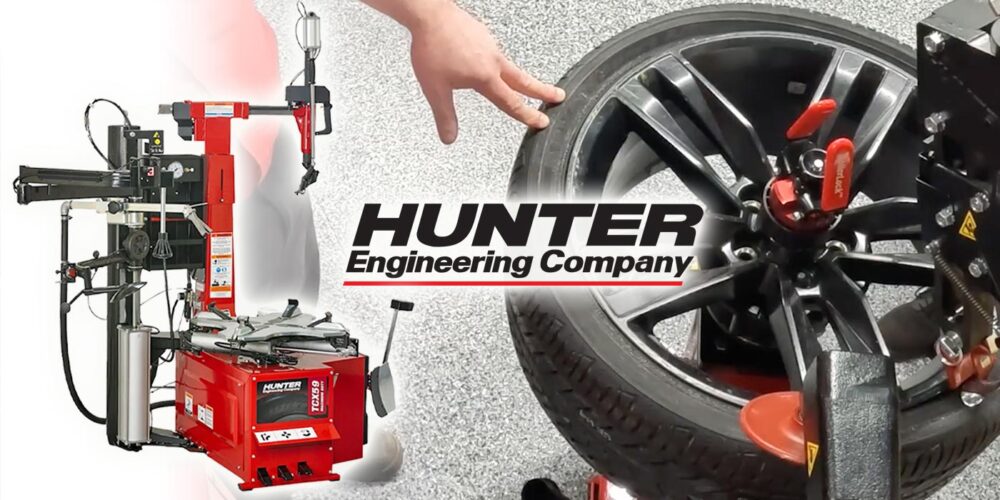Maddie Winer, Tire Detective on the case. Did you know that just by looking at a tire, its tread wear patterns can tell you if the alignment angles, inflation and suspension components are within specification?
In this Tire Review Continental Tire Garage Studio video, we dig into some common tire wear patterns and uncover what they can tell us about a vehicle’s components.
Tire wear patterns are an important clue that can help technicians in your shop diagnose a vehicle. Let’s talk about a few of them.
First, overinflation. How do you spot it? Usually, there are clues in the center of the tread pattern. Too much air pressure can cause the contact patch to shrink and the center of the tire to carry all of the load. On the tire, its sipes and grooves will be worn in the center.
What about underinflation? Tire wear on the edges of a tire will typically indicate that inflation pressures are lower than specified. When a tire is underinflated, the contact patch grows and the load is carried by the outside edges of the patch. In this case, the center is less worn.
Another common tread wear pattern is inner edge wear. In fact, this is probably the most common problem technicians see. The angles causing this type of wear are typically negative toe and camber. On the parts side, three component sources could cause this type of wear: bushings, springs and loads.
Although it’s rare, another type of irregular tread wear is outer edge wear. Positive camber, caster and toe can lead to wear on the outer edge. If you see edge wear on one side, check the thrust and setback.
There are other types of irregular tread wear, but the four we went over here are the most common. The next time you see weird wear on your customer’s tires, don’t just dismiss it. There could be other issues going on.
Don’t forget to follow us on Instagram and Facebook and subscribe to our YouTube channel for more tire, service and shop operations videos.













